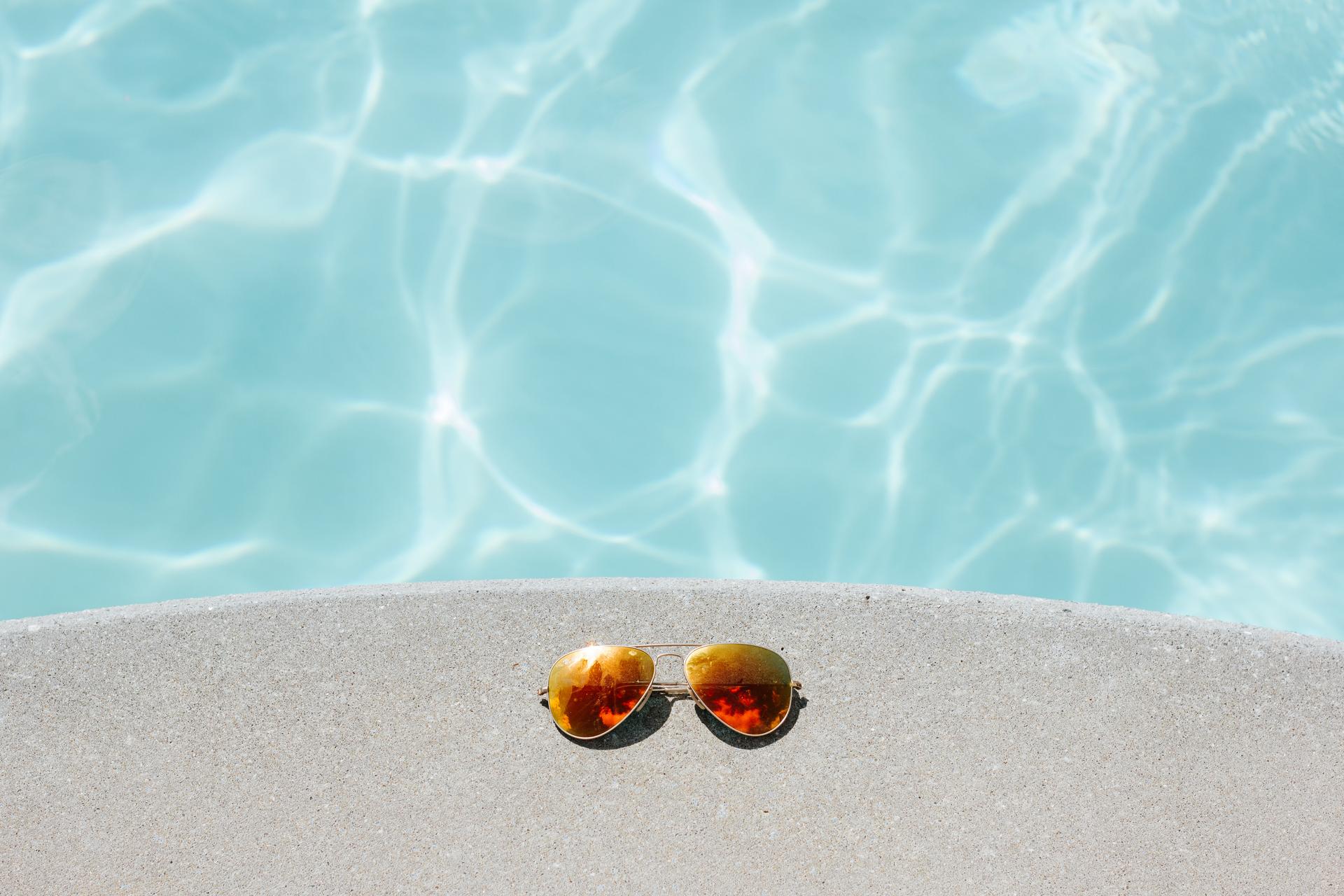Does your sunscreen make the grade?
How does your sunscreen stack up?
In the United States, sunscreen use is on the rise — but so are skin cancer cases. What’s going on?
As it turns out, it could come down to the types of sunscreen we’re using. In a recent test of nearly 1,500 sunscreens, moisturizers and lip balms that advertised sun protection, scientists at the Environmental Working Group (EWG) found that 73 percent of the products don’t provide the protection consumers think they’re getting, or they contain questionable ingredients.
One issue: While most sunscreens protect against short wave ultraviolet B radiation, the main culprit behind sunburns, there’s also ultraviolet A radiation to worry about — longer-wavelength rays that contribute to melanoma and long-term skin damage.
“We don’t think products are providing adequate amount of UVA protection, especially in relationship to the SPF [sun protection factor] on the label,” says David Andrews, a senior scientist with the EWG.
Since the Food and Drug Administration changed its rules for sunscreen labeling in 2011, more sunscreens now include UVA protection, Andrews notes — just not enough.
“And so we think it’s imperative that those values be very balanced,” he says. “For example, a T-shirt will give you perfect balance across the entire spectrum. It’ll do just as well of blocking the UVA light as it does the UVB radiation.”
Currently, one hurdle to providing better sunscreens is that, of 17 FDA-approved sunscreen ingredients, only two effectively filter UVA rays, according to an analysis by the EWG. In contrast, researchers say, seven such ingredients are available in Europe.
“Really, the FDA has kind of backed themselves into a corner here in many ways,” Andrews says.
He explains that 30 years ago, Americans tended to use sunscreen only occasionally, while on vacation or at the beach.
“Now, people are using sunscreens much more commonly — daily, often, [and] covering large portions of their body — and so, the FDA has changed the amount of safety information they’re looking for before allowing new ingredients on the market.”
“At the same time, they can’t go back and request additional safety data for the ingredients that are already in products,” he says. “So, there’s a sliding scale of how much safety information the agency is looking for. But these new ingredients being used in Europe, Canada and other places in the world look to offer much better UVA protection.”
Even better UVA protection can’t shield us from another health risk, however: The false sense of security we feel when we’re wearing sunscreen, known to Andrews and other scientists as the compensation hypothesis.
“What this hypothesis is, is that when people apply sunscreen, they change their behavior and actually spend more time in the sun,” Andrews says. “If you do that, you’re largely negating the benefits of the sunscreen.” That false sense of security tends to increase with use of high-SPF sunscreens, he adds — which offer only marginally better UV protection.
According to Andrews, the best sun-protection technique is actually a mix of several: wearing sunscreen in addition to hats and shirts and heading for shade when possible. “You can’t just rely on sunscreen use alone to reduce the UV radiation and reduce the long-term skin damage and potentially cancer.”
And when you do use sunscreen, he suggests looking for products rated between SPF 30 and 50 that include zinc oxide or avobenzone — two ingredients that provide adequate UVA protection. (The EWG recommends some specific sunscreens on its website.)
Mainly, though, just cover up when you can.
“Wear a T-shirt,” Andrews says. “And in certain circumstances, you’ll definitely want to wear sunscreen — we think it’s an important part of reducing UV rays, of sun safety. But be cognizant of not using a sunscreen to prolong the time you spend outside.”
This article is based on an interview that aired on PRI's Science Friday with Ira Flatow.
